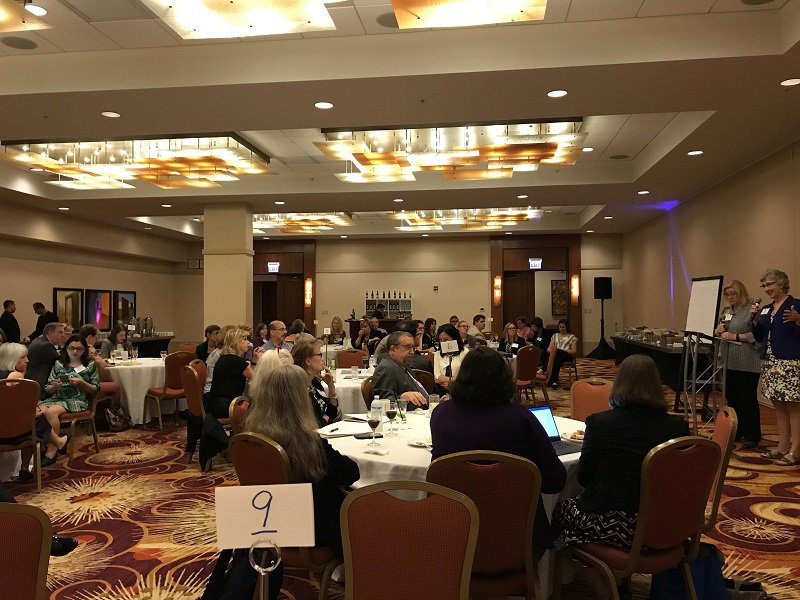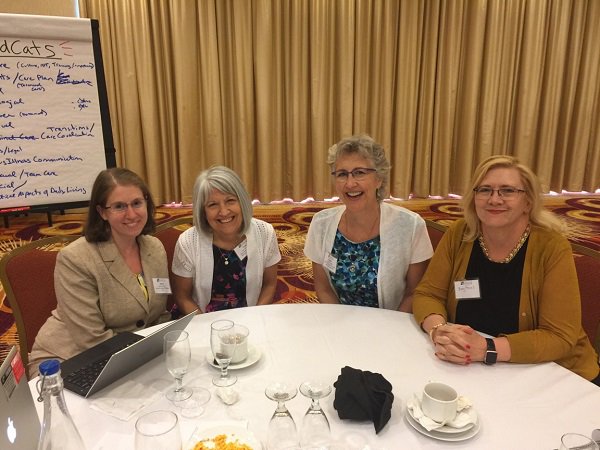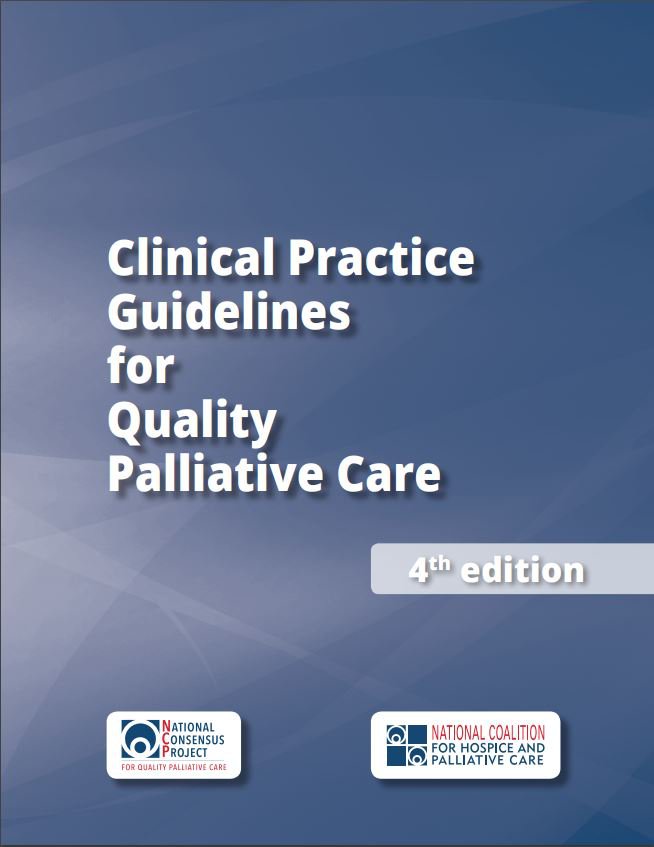Palliative Care Crosses Worlds – The NCP Guidelines Provide the Map
The National Consensus Project (NCP) Clinical Practice Guidelines for Quality Palliative Care, 4th edition, were published on October 31, 2018. In this Palliative in Practice post, Stacie Sinclair, CAPC’s Senior Policy Manager and Co-Chair of the NCP Writing Workgroup, reflects on a powerful moment during the development of the 4th edition and shares how it informed what the guidelines would become.
On the morning of the second day of the National Consensus Project (NCP) Stakeholder Summit, I was sitting in the session entitled, ‘Why Are We Here? What Has Been Accomplished?’. Representatives from 43 organizations—some palliative care-specific, many not—had come together in Chicago, IL to lay the groundwork for a new edition of the NCP Clinical Practice Guidelines for Quality Palliative Care (‘guidelines’). We were still wrapping our heads around the previous day’s question of how to define ‘community,’ given the variety of perspectives in the room. We knew the work we were doing was critical to the future utility and success of the guidelines. Yet many of us were grappling with the enormity of the effort, asking ourselves, “If quality palliative care is to be truly accessible to all people with serious illness—regardless of setting, diagnosis, prognosis, or age—how can we ensure that these new guidelines speak to all stakeholders responsible for making this a reality?”

Dr. Betty Ferrell, Co-Chair of the NCP Steering Committee, stood in front of the room and began describing the history of the guidelines. They were originally developed to articulate the essential elements of palliative care and present a blueprint for excellence for our new field. Each revision, since the initial 2004 publication, built on this foundation, responding to new evidence and changes in the U.S. health care system, always with the lens of what we would want for ourselves—and our loved ones—when facing serious illness.
Then, one by one, Summit participants stood up to share how the guidelines had informed their work to date. Betty had relied heavily on the guidelines to develop the ELNEC curriculum which, through its train-the-trainer model, had educated over 675,000 nurses and other health care professionals across the country in palliative care. A quality expert relayed how the guidelines provided the foundation for the National Quality Forum with palliative care measurement framework, and how they continue to be a reference point for quality measure gaps in the field. A researcher included the guidelines in several grant proposals to highlight the importance of palliative care and the evidence gaps the field still needs to fill. A payer used the guidelines to develop standards and hold its network palliative care providers accountable. We heard from accreditation organizations, ACO leaders, and providers across disciplines and settings about how the guidelines had served as an anchor for the care of people with serious illness over the last decade (more details on this discussion are included in the complete Summit Report).
These testimonies confirmed that the responsibility of ensuring access to high-quality palliative care did not reside with a single stakeholder group. Rather, it would take the concerted effort of everyone in the room and beyond to create a health care system that meets the needs of our patients and their families living with serious illness. The session demonstrated that the guidelines provided the best foundation to continue moving this work forward, and that the Steering Committee and Writing Workgroup’s charge would be to expand the relevance of the document to all clinicians caring for all people with serious illness in all settings, in addition to palliative care specialists, and bring additional audiences into the fold.

Palliative care is the act of bringing people together to ensure that all those with serious illness receive the care they need, in the right place, at the right time.
In the year and a half since the Stakeholder Summit—the dozens of meetings and discussions with brilliant leaders who shaped this project, the humbling process of writing and revising, the thrill of seeing the document come together—this discussion on what the previous editions of the guidelines meant continues to stand out in my memory. Palliative care is the act of bringing people together to ensure that all those with serious illness receive the care they need, in the right place, at the right time. The stakeholder engagement process for the NCP Clinical Practice Guidelines for Quality Palliative Care, 4th edition embodied this ethos. Thanks to the support of our generous funders (Gordon and Betty Moore Foundation, with contributions from the Gary and Mary West Foundation, The John A. Hartford Foundation, and Stupski Foundation), the exceptional NCP staff, the dozens of volunteers who gave their time and talent, and the eighty-plus organizations that have endorsed or supported the guidelines, we have a new document that our field should be very proud of.

For more information on the new NCP Guidelines, the target audience, and next steps, make sure to read the official release blog post from the NCP staff. Then, read the guidelines! Consider how you can align palliative care delivery with these guidelines, and share with all your colleagues caring for people with serious illness. To support your efforts, the NCP staff will host a free webinar on December 17, 2018 from 2:30-4:00pm ET, providing an overview of the guidelines and resources to help with dissemination. Finally, make sure to read coverage from other organizations that have participated in this process as they share their unique perspective on what the NCP Guidelines mean to them; we’ll update this blog post as new resources are available.
